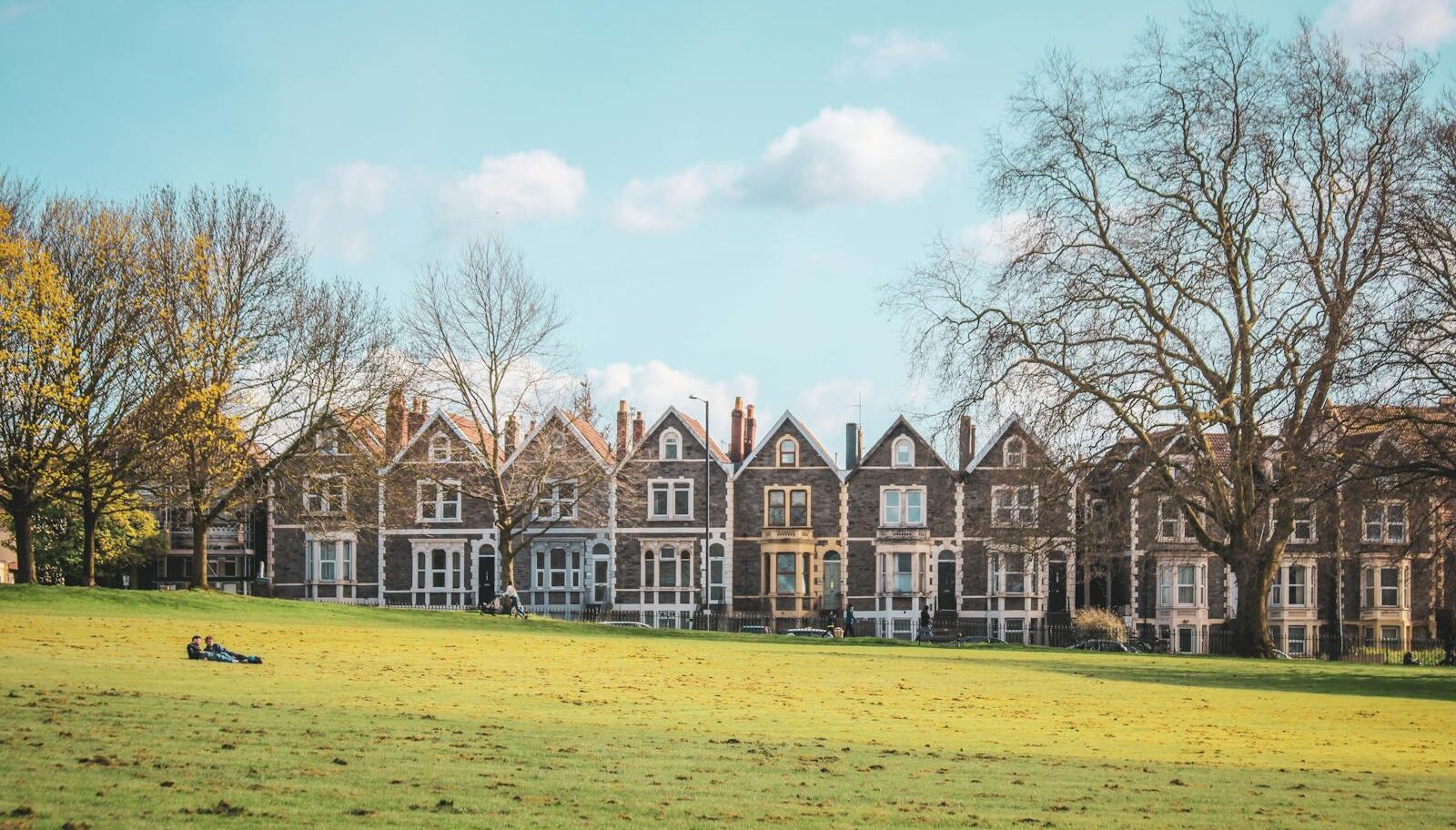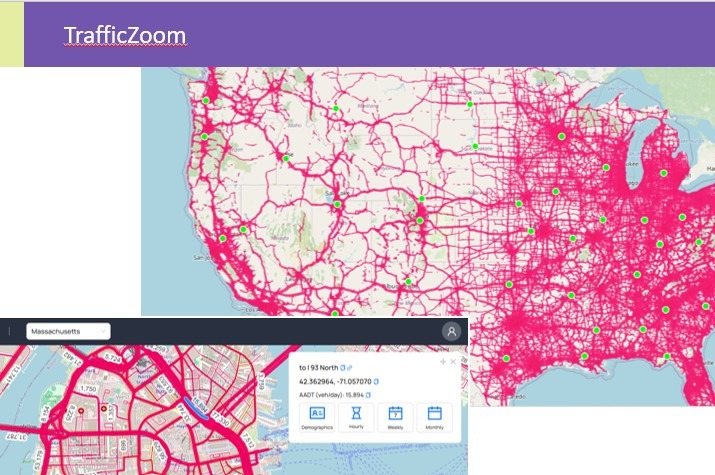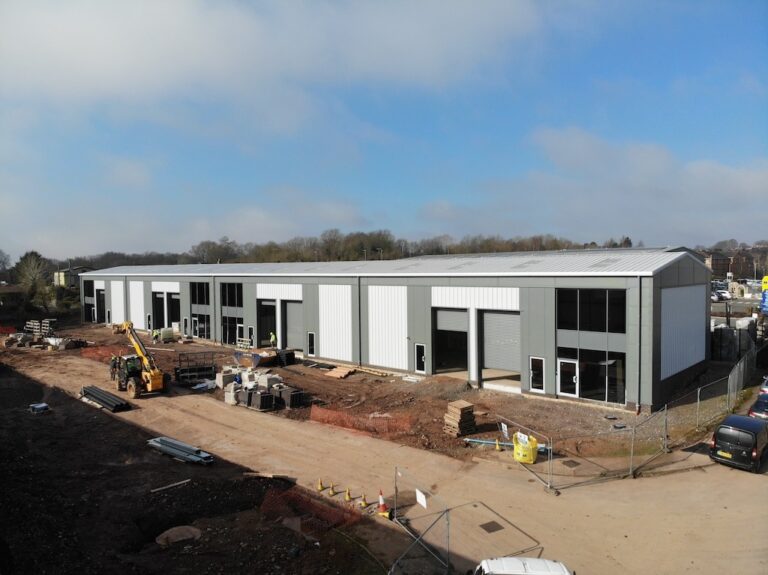A guide to Stamp Duty in 2025: Thresholds, rates, and second home rules, explained

Anyone following recent national headlines will have noticed Stamp Duty featuring prominently once again.
The tax has come back into public debate for the first time since the high-profile changes introduced under former Prime Minister Liz Truss in 2022. Interest has grown partly because of the former Deputy Prime Minister Angela Rayner, who faced scrutiny over a Stamp Duty Land Tax payment on a second property and has since stepped down from government.
Stamp Duty is a notoriously complex area. Industry experts have described it as “a confusing mess”, while others argue that it shouldn’t exist at all. Despite the criticism, the tax generates billions for the UK economy and there is little indication that major reforms will arrive soon. So, what is the reality behind this often-perplexing payment?
In this article, we’ll examine the legalities and thresholds around Stamp Duty, the recent changes to the policy, and how Angela Rayner’s situation has highlighted some of the challenges individuals can face when navigating their liability.
What is Stamp Duty Land Tax (SDLT) in the UK?
Stamp Duty is a taxation due on property bought over a certain value in England and Northern Ireland, with the specific amount being determined by the amount paid for the property.
If you buy a freehold property, a new or existing leasehold, take on a mortgage or buy property through a shared ownership scheme, you are required to pay Stamp Duty on top of the value of the property itself within 14 days of completion – but only if you paid over £125,000.
If this figure sounds too low, this is because it was reduced to its original level in April 2025, having been doubled to £250,000 during Liz Truss and Kwasi Kwarteng’s ill-received mini-budget in 2022. This same ill-fated Budget also increased the threshold on first-time buyers paying Stamp Duty from £300,000 to £425,000. It should be noted that the first-time buyer threshold also reverted to its original form in the April policy revamp.
Stamp Duty rates and thresholds in 2025 and beyond
Under the current regulations, property purchases between £0 and £125,000 are exempt from Stamp Duty payments, with percentage points rising in line with the valuation of the house.
This means that property costing between £125,001 and £250,000 has a stamp duty rate of 2%, while those between £250,001 and £925,000 are set at 5% Stamp Duty. The £925,001 and £1.5 million threshold is at 10% and property over £1.5 million is taxed at 12% on Stamp Duty.
To summarise, it reflects a £240,000 tax on a £2 million property, a £100,000 stamp duty contribution on a million-pound home, a £25,000 tax on a property worth half a million pounds, and a £4,000 payment on top of a £200,000 purchase.
Stamp Duty on second homes and buy-to-let properties
Additional Stamp Duty costs are applied to people looking to expand their property portfolio or buy a second home, with the only exception being if you pay less than £40,000 for the second property.
Thresholds are the same for second homes, but rates of stamp duty are higher at each level, with 5% being placed on homes up to £125,000 rather than 0%, 7% on houses up to £250,000, 10% up to £925,000, 15% up to £1.5 million and 17% on anything above that value.
What happens if I have not paid enough Stamp Duty? Penalties for unpaid or late Stamp Duty
If you realise you’ve made an error in your Stamp Duty calculation, the best course of action is to immediately contact HMRC and inform them yourself; this is because it has the power to implement sizable penalties and interest on late or insufficient payments, so it is in your best interests to swiftly correct any errors.
Interest on such an infringement currently stands at 8%, with the penalty charge dependent on the severity of your individual case. If you inform HMRC of your own accord, they can reduce your penalty to 0%, and you also have the right to contest any claims of Stamp Duty underpayments and penalties, so long as you do so within 30 days of receiving the notice.
Get expert financial advice on Stamp Duty and Property Tax
Matthew Douglas Ltd takes pride in the expert insight they can provide across a range of financial sectors, including (but not limited to) property, savings and investment, and retirement.
Frequently Asked Questions about Stamp Duty
Do first-time buyers pay Stamp Duty in 2025?
Yes. First-time buyers in England and Northern Ireland pay stamp duty if their property costs more than £300,000. The temporary higher threshold of £425,000, introduced in 2022, ended in April 2025.
How much Stamp Duty do I pay on a £200,000 house?
For a £200,000 property, the Stamp Duty rate is 2% on the portion above £125,000. That means you’ll pay £1,500 in stamp duty.
What is the Stamp Duty rate on second homes?
Stamp Duty on second homes is higher, starting at 5% on properties up to £125,000, then increasing in line with higher property values.
What happens if I don’t pay Stamp Duty on time?
HMRC can charge interest (currently 8%) and penalties. If you declare the mistake yourself, the penalty can be reduced or even waived, but interest will still apply.











